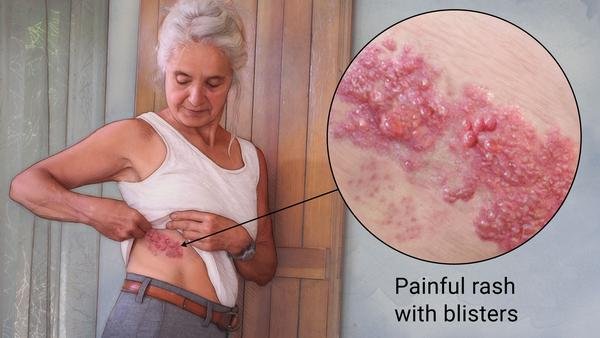Postherpetic neuralgia (PHN) is a painful condition that affects nerve fibers and skin, persisting after an outbreak of shingles, which is caused by the varicella-zoster virus—the same virus responsible for chickenpox. PHN is most commonly associated with severe nerve pain that can last for months or even years after the shingles rash has healed.
Causes of Postherpetic Neuralgia:
Viral Damage to Nerve Cells: The varicella-zoster virus can cause significant damage to nerve cells during an outbreak of shingles. This damage leads to changes in the nervous system that cause the nerves to send confused and exaggerated messages of pain to the brain.
Severity of Shingles: The severity and duration of the shingles outbreak also play a role. More severe cases tend to have a higher risk of evolving into PHN.
Impact on Life: Postherpetic neuralgia can make daily life challenging due to the constant, often debilitating pain, which can be described as burning, aching, or stabbing. This pain can be triggered by light touches or temperature changes that wouldn't normally cause discomfort. The severity of the pain can impair physical activity and limit social interactions, leading to a reduced quality of life. This condition can be treated and managed with intercostal nerve blocks, thoracic epidural steroid injections, peripheral nerve stimulator, and radiofrequency ablation
